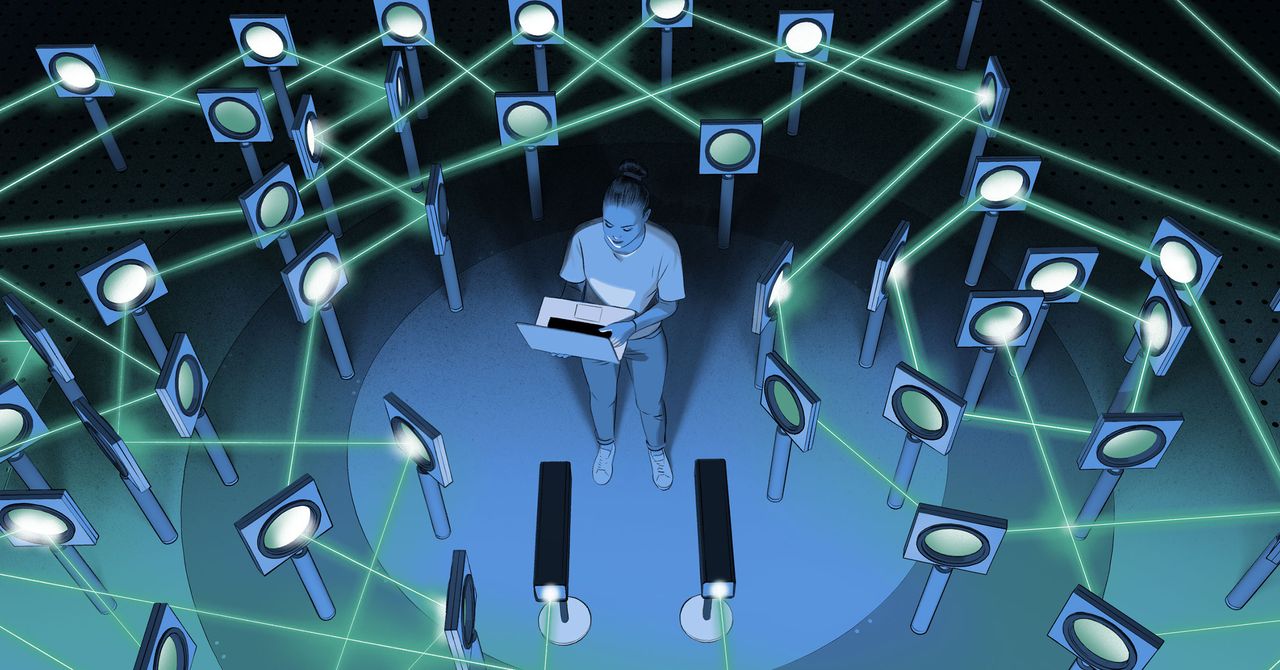AI is Crafting Unusual Physics Experiments That Actually Function

In the pursuit of ever-precise scientific measurements, the Laser Interferometer Gravitational-Wave Observatory (LIGO) stands out as a pinnacle of human achievement. This facility, equipped with laser beams traveling four-kilometer lengths, measures changes as tiny as a fraction of a proton's width. Such precision allows researchers to unfold mysteries of the universe, such as the existence of gravitational waves, first detected in 2015.
Rana Adhikari of the California Institute of Technology, a notable physicist, has taken a step further by incorporating artificial intelligence to rethink LIGO's design. He sought to make the observatory capable of detecting a wider range of gravitational waves. Adhikari's vision is clear: "We should have no prejudice about what the universe makes."
The process of utilizing AI commenced with an idea birthed by physicist Mario Krenn, who had previously used the technology for quantum optics. Adhikari applied AI to assemble detectors and equipment without traditional constraints. Initially, the outcomes appeared chaotic. Their complexity and lack of symmetry seemed alien initially, but they proved highly effective upon further refinement.
Upon analyzing the AI-generated designs, Adhikari's team realized it had applied advanced theoretical principles, some of which had been theorized but never tested. This novel approach could have made LIGO significantly more sensitive from its inception. The advantages of AI in this context demonstrate keen insights that thousands of physicists could not foresee.
Aephraim Steinberg, an authority on quantum optics, indicates the broader potential of AI within physics. Though AI hasn't yet made direct discoveries, its ability to identify complex patterns, and assist experiment designs, offers a promising future.
AI software like PyTheus allows researchers to visualize and construct experimental setups using graphs, effectively optimizing complex quantum operations. In one case, AI efficiently streamlined the entanglement swapping process, showing simpler methods to achieve the same outcomes distinguished scientists once puzzled over.
Machine learning's predictive power is also being employed by researchers like Kyle Cranmer. Using AI, they are analyzing dark matter and symmetries, revealing formulas that align better with observed data. Though the 'why' remains obscure, the potential for language models like ChatGPT to aid in hypothesis generation hints at an exciting frontier for physics discovery.
As AI continues evolving, experts like Rose Yu and others apply it to vast datasets, unveiling profound symmetries integral to modern physics. It's this burgeoning capacity that promises advancements we might only imagine today.



